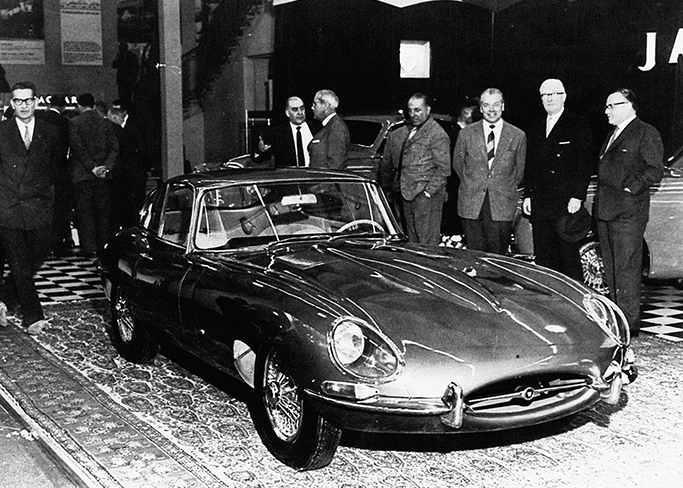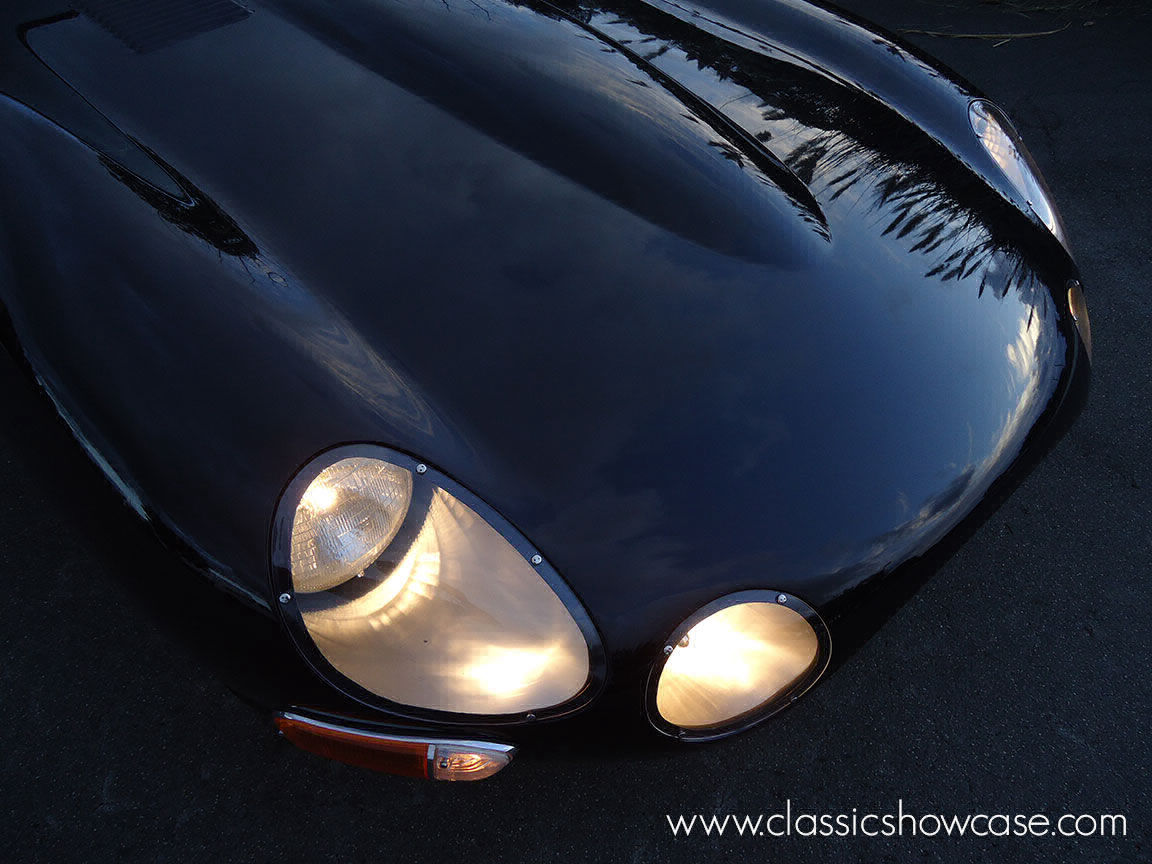
Classic Showcase takes a look at the 60th anniversary
of the E-Type, and its history in North America
Classic Showcase celebrated the 50th anniversary in 2011 by performing a no-expense-spared 2 year restoration to a 1966 Jaguar E-Type to the highest possible level of perfection. The XKE was then taken to RM/Sotheby’s Art of the Automobile Auction in New York City in 2013, where the no-reserve example broke an astonishing auction record, helping to catapult an already famous model even further into the stratosphere. It’s 10 years later with the 60th anniversary of the model, and Classic Showcase is busy as ever, continuing to restore and build these cars, proudly becoming one of the major leaders of E-type restoration in the world. We will be celebrating 60th anniversary all year long, offering prospective collectors versatility in their E-Type builds with performance and comfort upgrades of their choosing at a competitive price. We are also getting ready in conjunction with the San Diego Jaguar Club to assist in hosting their annual sanctioned JCNA concours for the 2nd year in a row, as well as coordinating local Jaguar-themed drives and rallies for the region. Classic Showcase is your source for the latest E-Type and classic Jaguar news all year long!

















